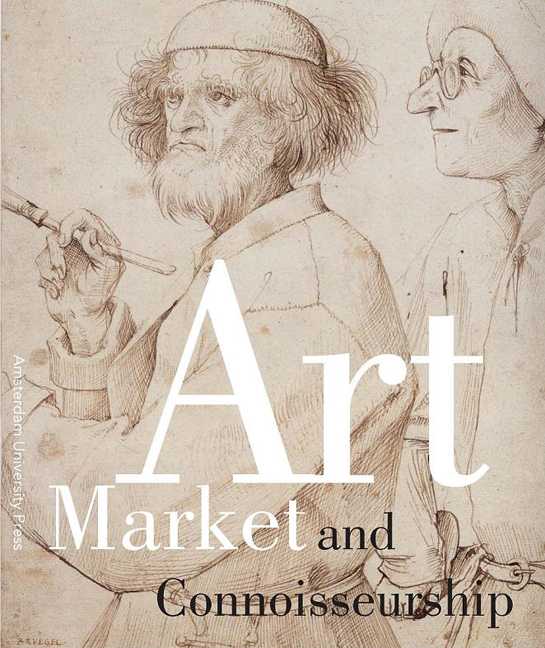 Art Market and Connoisseurship
Art Market and Connoisseurship Supply and Demand: Some Notes on the Economy of Seventeenth-Century Connoisseurship
Published online by Cambridge University Press: 15 January 2021
Summary
Introduction
A while ago, a large auction house contacted me about a sixteenth-century painting. They could not find the proper attribution. I suggested the name Huybrecht Beuckeleer, explaining that he was the son in law of Willem Key and the brother of Joachim. I could not be certain since little is known about this scion of the Beuckeleer family, and I therefore suggested that they should, at the very least, add a question mark after his name. The people at the auction house were appreciative of my suggestions, yet informed me that they were planning to call the painting ‘Circle of Willem Key’, adding that they assumed I would probably disagree. The painting had nothing to do with Willem Key's known oeuvre, but the auction house considered it wiser to use the more familiar name, and since I suggested his son in law Beuckeleer, the qualification ‘circle of Willem Key’ was, according to them, not completely inaccurate. This incident made me wonder about the economy of connoisseurship and the opposing interests of art dealers, art collectors and independent connoisseurs.
Connoisseurship on the art market is a pragmatic kind of connoisseurship, where the economic rule of supply and demand has a great impact. Scholars, normally, do not have to worry about such issues. Over the past few decades, they have illustrated in detail how complex an attribution can be (see also Anna Tummers’ essay above). Scholars today are familiar with the difficulties of attributing and, in general, tend to be very cautious. The art market does not always follow the trend.
But how did seventeenth-century connoisseurs, active in the art market, deal with painters’ names and attributions? Did they differentiate between a copy, a workshop copy and a ‘principaal’? How important was authenticity for them? Money was at stake in the art market and the connoisseurship of art buyers might have been much more pragmatic than that of art theorists. The independent connoisseurship of writers such as De Piles or Richardson, whose ideas shaped our notion of seventeenth- and early eighteenth-century connoisseurship, was of a more theoretical nature.
- Type
- Chapter
- Information
- Art Market and ConnoisseurshipA Closer Look at Paintings by Rembrandt, Rubens and Their Contemporaries, pp. 69 - 95Publisher: Amsterdam University PressPrint publication year: 2008


